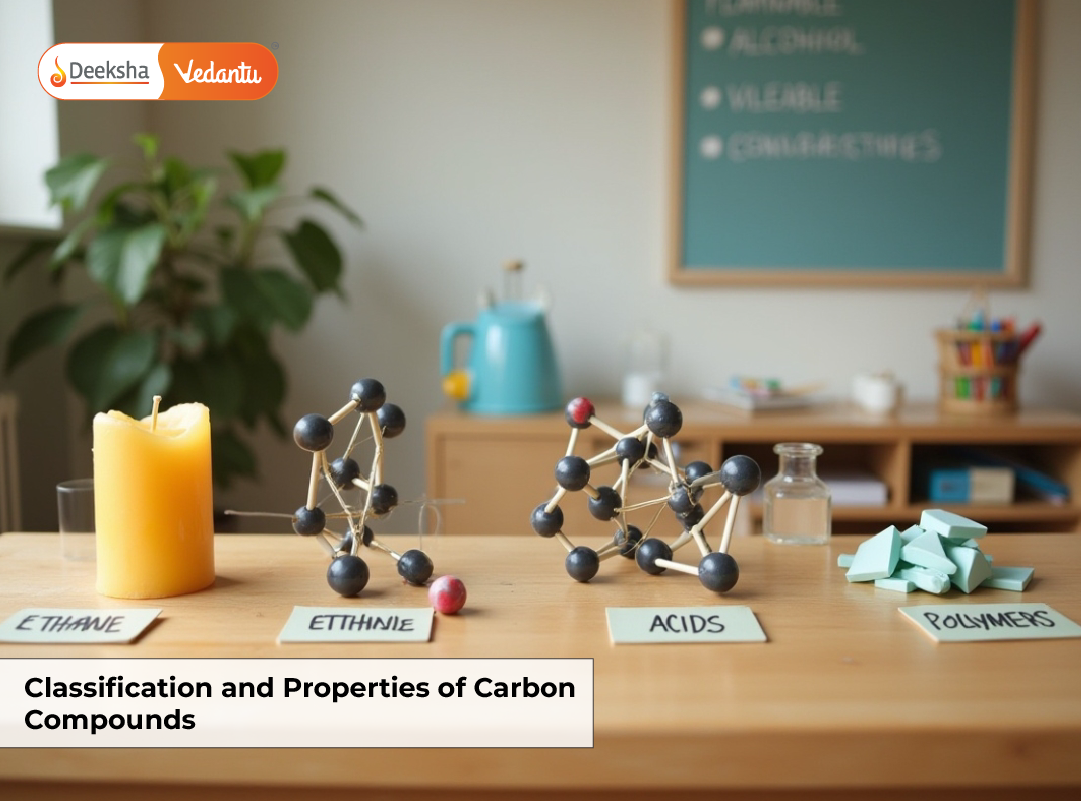The Central Board of Secondary Education (CBSE) uses a Cumulative Grade Point Average (CGPA) system to evaluate the academic performance of Class 10 students. The CGPA system was introduced to promote a more comprehensive evaluation process and reduce students’ stress associated with the traditional marks-based system. However, to pursue higher education, students must convert their CGPA to a percentage, which many universities and colleges require for admission. In this article, we will discuss the CBSE Class 10 grading system, how to calculate the results in percentage from CGPA, and the advantages and disadvantages of the CGPA system. Our comprehensive guide covers everything you need to know, from understanding the CGPA grading system to converting your CGPA to percentage.
Grading System of CBSE Class 10
The CBSE Class 10 grading system employs a comprehensive 9-point grading scale, with A1 being the highest grade and E the lowest. This system assesses students’ overall performance based on their internal and final board exam results.
The Continuous and Comprehensive Evaluation (CCE) pattern is the foundation for this grading system. This holistic assessment approach considers various aspects of a student’s academic performance, including knowledge, skills, and attitude. The CCE pattern includes two types of assessments: Formative Assessment (FA) and Summative Assessment (SA).
FA comprises classroom activities like quizzes, assignments, projects, and group discussions that enable teachers to monitor students’ learning progress throughout the academic year. SA consists of final exams conducted at the end of each academic term to evaluate students’ overall subject knowledge and understanding.
The CBSE Class 10 grading system utilises FA and SA to calculate students’ final grades. While FA accounts for 40% of the weightage in determining grades, SA carries 60%. Students’ performance in both assessments is used to calculate their final grades.
Goal Setting Tips for 10th Grade
Class 10 Grading System Chart
The CBSE Class 10 grading system chart is designed on a 9-point grading scale, where each grade is assigned a specific grade point. The chart exhibits the following grades and their corresponding grade points:
- A1 with 10.0
- A2 with 9.0
- B1 with 8.0
- B2 with 7.0
- C1 with 6.0
- C2 with 5.0
- D1 with 4.0
- D2 with 3.0
- E with 2.0
As per the chart, the highest grade point of 10.0 is awarded to students who achieve an A1 grade, indicating exceptional performance and thorough understanding of the subject matter by the student.
On the other hand, students who receive an E grade are assigned the lowest grade point of 2.0, signifying that they need improvement in their performance as they have failed to meet the minimum academic requirements for that subject.
The CBSE employs this grading system chart to ensure a fair and impartial evaluation of a student’s academic performance. This evaluation is based on students’ capabilities rather than comparing them to others’ achievements while maintaining objectivity throughout its assessment process.
How to Calculate the CBSE Class 10 Results in Percentage?
Method 1
How do you calculate your CBSE Class 10 results in percentage? Follow these simple steps:
Step 1: Calculate the total marks obtained by adding the scores from all subjects, including internal and final board exams.
Step 2: Determine the maximum marks for each subject, which can be found on the question paper.
Step 3: Calculate the percentage of marks obtained in each subject by dividing the total marks obtained by the maximum marks and multiplying it by 100. For example, if a student scored 80 out of 100 in Mathematics, their percentage would be calculated as follows: Percentage in Mathematics = (80/100) x 100 = 80%.
Step 4: Calculate your overall percentage by adding all percentages from each subject and dividing it by the total number of subjects. For instance, if a student scored 80%,75%,85%,90%, and70% in five subjects, respectively, their overall percentage would be calculated as follows:
Overall Percentage = (80+ 75+ 85+ 90+ 70) /5
This calculation would yield an overall percentage of 80%.
Method 2
Finding the percentage from CGPA is a reasonably simple process. To convert CGPA to percentage, follow these steps:
Step-1: Determine the grade points obtained in each subject. For instance, suppose a student scores an A1 grade in English (10 GP), an A2 grade in Mathematics (9 GP), and a B1 grade in science (8 GP). In that case, the total grade points obtained by the student are 10+ 9 +8=27.
Step-2: Divide the total grade points earned across all subjects by the number of subjects. Using our previous example, we have 27 as the total number of grade points earned and three as the number of subjects. Therefore, the CGPA of this student is 27/3=9.
Step-3: After obtaining CGPA through step two, multiply it by 9.5 to get the percentage. In this scenario, we got a CGPA of 9 from step two; multiplying it by 9.5 will result in a percentage score of 85.5%.
Percentage = 9 X 9.5= 85.5 %
Step-4: Finally, round off your calculated percentage to its nearest whole number value; for example: rounding off our previous result would give us a final score of 86%.
CGPA to Percentage Chart
| CGPA | Equivalent Percentage (%) |
| 10 | 95 |
| 9.9 | 94.05 |
| 9.8 | 93.1 |
| 9.7 | 92.15 |
| 9.6 | 91.2 |
| 9.5 | 90.25 |
| 9.4 | 89.3 |
| 9.3 | 88.35 |
| 9.2 | 87.4 |
| 9.1 | 86.45 |
| 9 | 85.5 |
| 8.9 | 84.55 |
| 8.8 | 83.6 |
| 8.7 | 82.65 |
| 8.6 | 81.7 |
| 8.5 | 80.75 |
| 8.4 | 79.8 |
| 8.3 | 78.85 |
| 8.2 | 77.9 |
| 8.1 | 76.95 |
| 8 | 76 |
| 7.9 | 75.05 |
| 7.8 | 74.1 |
| 7.7 | 73.15 |
| 7.6 | 72.2 |
| 7.5 | 71.25 |
| 7.4 | 70.3 |
| 7.3 | 69.35 |
| 7.2 | 68.4 |
| 7.1 | 67.45 |
| CGPA | Equivalent Percentage (%) |
| 7 | 66.5 |
| 6.9 | 65.55 |
| 6.8 | 64.6 |
| 6.7 | 63.65 |
| 6.6 | 62.7 |
| 6.5 | 61.75 |
| 6.4 | 60.8 |
| 6.3 | 59.85 |
| 6.2 | 58.9 |
| 6.1 | 57.95 |
| 6 | 57 |
| 5.9 | 56.05 |
| 5.8 | 55.1 |
| 5.7 | 54.15 |
| 5.6 | 53.2 |
| 5.5 | 52.25 |
| 5.4 | 51.3 |
| 5.3 | 50.35 |
| 5.2 | 49.4 |
| 5.1 | 48.45 |
| 5 | 47.5 |
| 4.9 | 46.55 |
| 4.8 | 45.6 |
| 4.7 | 44.65 |
| 4.6 | 43.7 |
| 4.5 | 42.75 |
| 4.4 | 41.8 |
| 4.3 | 40.85 |
| 4.2 | 39.9 |
| 4.1 | 38.95 |
Advantages and Disadvantages of the CGPA System
Advantages of the CGPA System
- A Comprehensive Assessment System
The CGPA method considers a student’s total performance throughout the academic year. It comprehensively assesses a student’s performance, considering their co-curricular pursuits and extracurricular successes.
- Uniform Evaluation
The CGPA method ensures that the same standards are used to grade all students. This aids in removing any bias or discrimination that can develop due to variations in subjective evaluation techniques.
- Simple to Understand
Both students and parents may easily understand the CGPA system. It gives a clear picture of a student’s academic achievement, making pinpointing their strengths and shortcomings simpler.
- Decision-Making Processes
The CGPA system aids in choosing a course or a stream after Class 10 or Class 12. It aids students in assessing their academic progress and determining their next course of study with knowledge.
Disadvantages of the CGPA System
- Lack of Specificity
The CGPA system does not adequately analyze a student’s academic performance. It only provides an overall evaluation, which may not be sufficient for specific purposes such as admission to certain universities or courses.
- Neglects Individual Performance
The CGPA system neglects individual performance in a particular subject or activity. Students who excel in a particular subject or activity may not receive the recognition they deserve under the CGPA system.
- No Standardization
The CGPA system needs to be standardized across all educational boards and institutions. Different boards and institutions have their own CGPA calculation methods, which can lead to confusion and inconsistencies in evaluation.
- Emphasis on Grades
The CGPA system emphasizes grades over learning, which can lead to a focus on rote learning and memorisation rather than understanding concepts and developing critical thinking skills.
Important Indicators of the CBSE Grading System
The Central Board of Secondary Education (CBSE) uses a grading system to assess how well students in classes 10 and 12 are doing academically. A student’s total academic performance is shown by their cumulative grade point average (CGPA), used in the grading system.
The following are some crucial CBSE grade indicators:
- The CGPA is the most significant measure of a student’s academic success in the CBSE grading system. It is determined using the student’s cumulative grades from the whole academic year.
- Letter grades are used in the CBSE grading system to indicate a student’s performance in each subject. A1 is the highest grade, and E is the lowest (lowest).
- Each letter grade receives a certain number of grading points. The scale goes from 10 (A1) to 2-grade points (E).
- The CBSE grading system also offers a percentage equivalent to a student’s CGPA. This equivalent makes it easier to compare student achievement across boards and institutions.
- The CBSE grading system also assesses a student’s performance in co-curricular subjects like physical and work education. The co-curricular activities are graded on a 5-point scale (A to E).
- The CBSE grading system also incorporates internal assessment marks. A student’s final grades in each subject are adjusted to include the internal assessment scores.
Conclusion
The CGPA system adopted by CBSE for Class 10 evaluation comprehensively evaluates a student’s overall performance, reducing the stress associated with the traditional marks-based system. Converting CGPA to percentage is easy and can be used by students for higher education applications. However, the CGPA system has its advantages and disadvantages, and students and parents need to understand these before choosing a board or applying for higher education.
Important Links for students in CBSE board
Table of Contents















Get Social